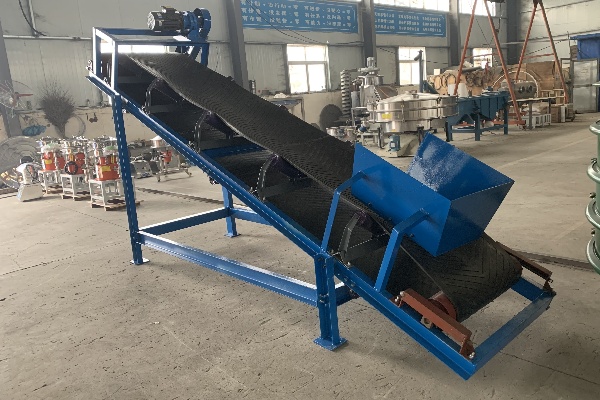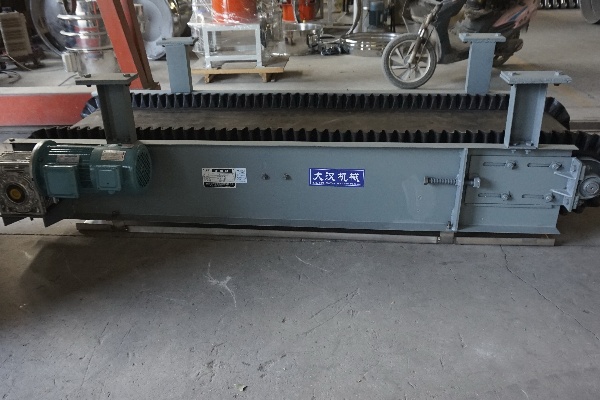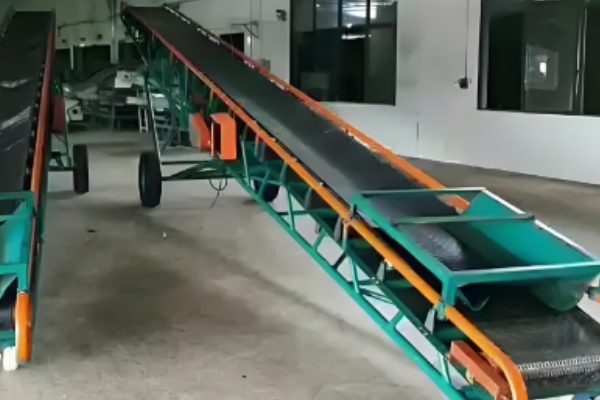What is Coal rubber belt conveyor?
Wednesday July-02 2025 17:34:57
Coal rubber belt conveyor is a continuous material handling equipment widely used in coal mining, processing and transportation. This type of conveyor can be divided into many types, such as flat belt conveyor and sidewall belt conveyor, according to the specific application scenario and load-bearing requirements. A large belt conveyor ranges from tens of tons to tens of thousands of tons per hour, while the conveying distance of a single conveyor can extend from tens of meters to several kilometers.
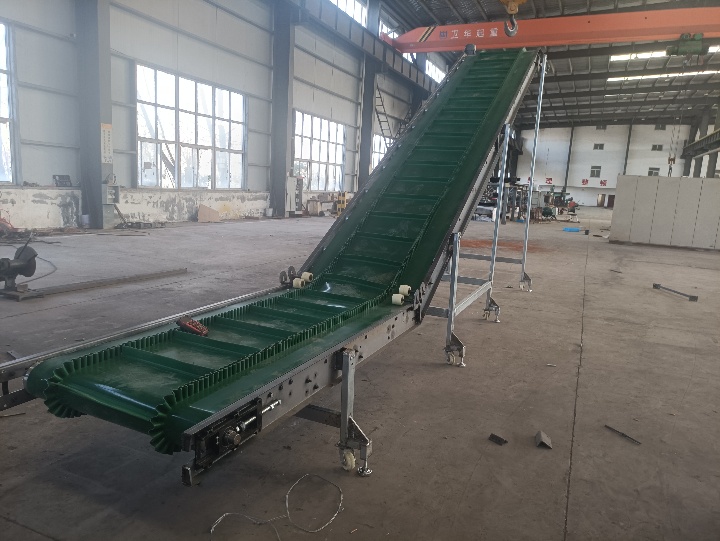
What are the types of coal rubber belt conveyor?
In the coal industry, rubber belt conveyors are widely used material handling equipment. According to their structure and use, common coal rubber belt conveyors can be divided into the following types:
Flat belt conveyor
The flat belt conveyor is characterized by a flat conveyor belt surface without sidewalls or other auxiliary structures.
Advantages: simple structure, relatively low manufacturing cost, and easy maintenance. Suitable for conveying various bulk materials, especially granular or block materials. In the coal industry, it is often used for horizontal or small inclination angle material transportation, such as raw coal, clean coal, etc.
Limitations: The conveying inclination is limited by the friction coefficient of the material and is generally not suitable for large inclination angle transportation. When the inclination angle is too large, the material is prone to rolling.

Sidewall belt conveyor
Sidewall belt conveyor (also called high-angle belt conveyor or corrugated sidewall belt conveyor) is characterized by corrugated flexible sidewalls on both sides of the conveyor belt, and partitions (cross partitions) are arranged horizontally on the surface of the conveyor belt.
Advantages: It can realize large-angle conveying and even vertical conveying, which greatly saves floor space. Sidewalls and partitions can effectively prevent materials from sliding and scattering, and improve conveying efficiency. In the coal industry, it is very suitable for lifting coal upward from mines, or for large-angle conveying in ground areas with limited space.
Limitations: The manufacturing cost is relatively high and the maintenance is relatively complex. The strength and wear resistance requirements of the conveyor belt are also higher.
What are the principles of Coal rubber belt conveyor?
The working principle of Coal rubber belt conveyor is based on friction and continuous motion. Simply put, it uses an endless rubber belt as a traction and load-bearing component, which circulates around the drum under the drive of a power unit to achieve continuous conveying of materials.
Power drive: The power of the conveyor comes from the drive device, which is usually composed of an electric motor, a reducer and a coupling. The power generated by the motor is reduced in speed and increased in torque through the reducer, and then transmitted to the drive roller.
Friction drive: The drive roller rotates under power drive and drives the conveyor belt through the friction between it and the conveyor belt. When the drive roller rotates, it "grabs" the surface of the conveyor belt in contact with it and transmits power to the entire belt to move it forward. In order to increase the friction between the drive roller and the conveyor belt, the surface of the drive roller is usually covered with rubber.
Continuous load and movement: In the load-bearing section, the driven conveyor belt is supported by rollers to form a smooth conveying channel. Coal materials are continuously unloaded onto the upward conveyor belt. The roller group not only supports the weight of the conveyor belt and the material, but also guides the running direction of the conveyor belt and ensures that it maintains a certain groove shape in the load-bearing section to prevent the material from spilling.
Unloading: When the conveyor belt runs to the position where coal needs to be unloaded, the material will follow the conveyor belt around the drive roller or special unloading device, and detach from the conveyor belt under the action of gravity to complete the unloading process.
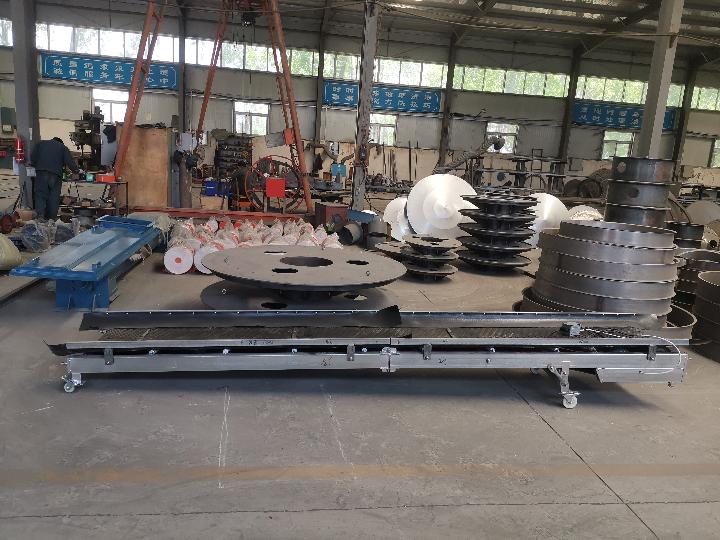
What are the advantages of Coal rubber belt conveyor?
The reason why Coal rubber belt conveyor is so popular in the coal mining, transportation and processing industries is due to its many significant advantages.
Large conveying capacity and high efficiency: It can realize continuous and uninterrupted material transportation, and its conveying volume can be very large. Especially in long-distance and large-scale coal transportation, belt conveyors can continuously convey materials at a stable speed, improving production efficiency and transportation benefits.
Long conveying distance and wide application range: A single belt conveyor can extend a long distance, even up to tens of kilometers, and can achieve longer conveying distances through multi-stage series connection. Whether it is flat or inclined, belt conveyors can adapt to complex geographical environments. It can be flexibly arranged according to the terrain, and can even be made into curves or large-angle conveying.
Smooth operation and low noise: Compared with transportation methods such as trucks, belt conveyors are more stable during operation, and vibration and noise are relatively low.
Simple operation and easy automation: The operation of belt conveyors is relatively simple, and they are very suitable for automation and remote control. Through sensors and control systems, material loading, conveying, unloading and fault monitoring can be easily achieved, greatly reducing labor costs and operational errors.
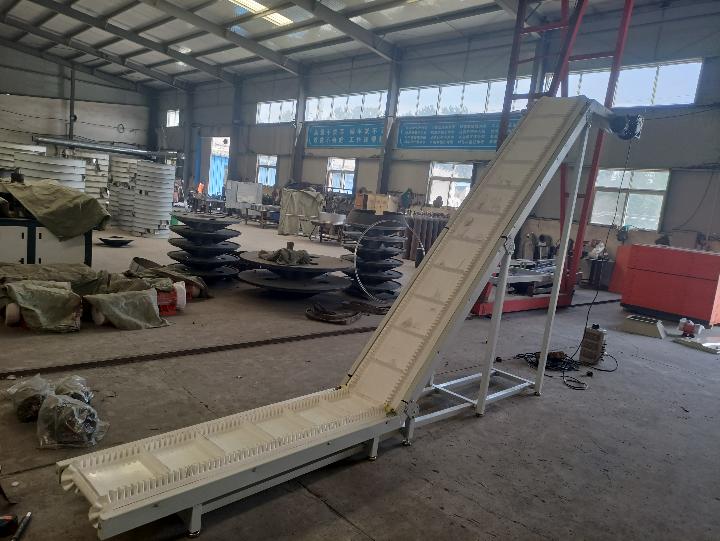
As a key equipment in the coal industry, the design and application of Coal rubber belt conveyor mainly revolve around the stable and continuous movement of coal materials. Whether it is handling large-scale coal output or transferring under specific site conditions, this type of conveyor provides corresponding solutions. The design and operation of this type of equipment is aimed at meeting the continuous transfer needs of coal materials between specific locations. It is one of the mechanical devices commonly used in the current coal logistics system.
